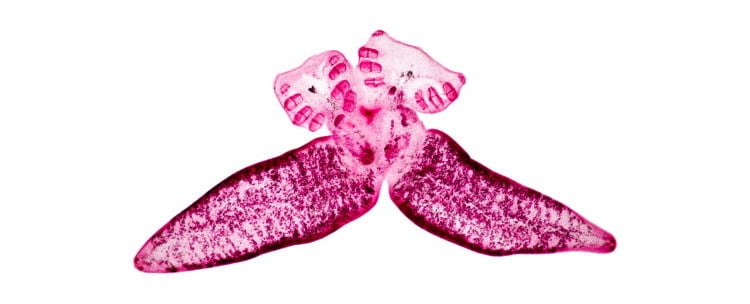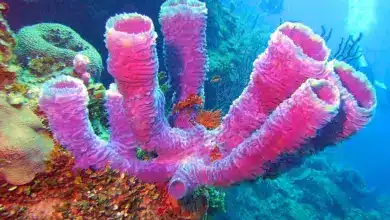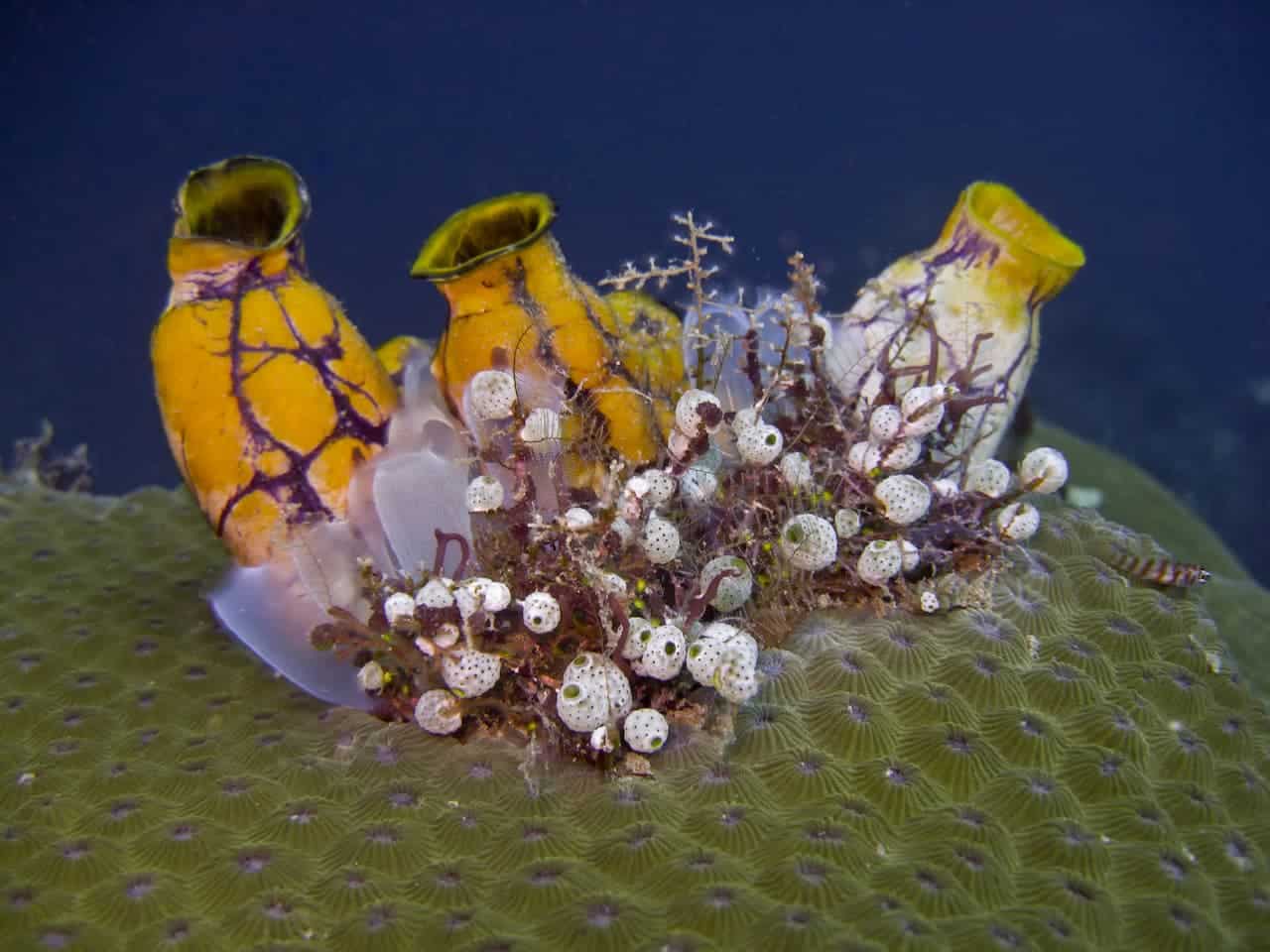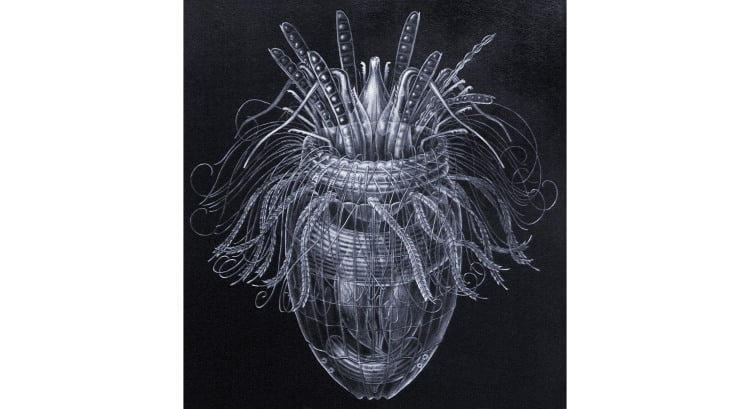Monogenea: Class of Endoparasites With Multiple Hosts
The class monogenea is distinguished by most of its members being ectoparasite (meaning they live on the outside of their host’s bodies).
Whereas Digenea and Cestodes are all endoparasites (meaning they live inside the bodies of their hosts).
In order to facilitate their parasitic life style, the Monogenea have complicated attachment organs at the posterior or tail end of their bodies. These often include a mixture of suckers, clamps, hooks and spines. Those few species which are endoparasites do not normally venture deeply into their hosts tissues, but live instead in the cloaca or bladder.
Monogenea have an indirect life-cycle, meaning they always have more than one host species and the animal lives in separate hosts during different stages of its life. The host that the adult animal lives in is called the ‘Primary’ host. Other hosts that are used by the juvenile stages are called ‘Secondary’ or ‘Intermediate’ hosts.
Monogenean normally have cephalopods (octopus and squid), fish, amphibians, reptiles and cetaceans (whales) as their primary hosts and some smaller animals, that the primary host eats, as their intermediate host.
An interesting Monogenea species is the small Gyrodactylus elegans.
This 1 mm long animal lives in the gills of European Carp.
It is interesting to biologists because 4 succeeding generations of the animal appear to be born out of the one ova (egg).
Each adult G. elegans eventually gives birth to a single live young. This young animal contains within it – in embryonic form – another young animal, which in turn contains another even smaller embryo, which in turn contains yet another embryo.
As they grow each one of these animals gives birth to the embryo within it. However they are not in fact four generations, but four sisters who all develop from a single egg. In this way, the original mother can produce four young for the cost of only one – as each sister down the line takes responsibility for nurturing the next young to be born.
Another unique Monogenea species is Diplozoon paradoxum, which though larger than G. elegans, is at 1 cm (0.4 in), still a smallish animal.
Also a parasite of fish, young members of this species do not become sexually mature until they meet another member of their species. They then achieve sexual maturity and mate, however unlike most animals they stay mated for life.
The two animals form a permanent union, joined near their midsections they form a most unusual animal that looks like a cross with moveable arms.

A third unusual example of a Monogenea species is the Frog bladder Fluke Polystoma intergerrimum.
This 13 mm (0.5 in) long animal is a parasite of frogs. It times its reproductive cycle to be in harmony with the frogs reproductive cycle. Thus the larval parasites live on the gills of the frogs tadpoles. When the frog goes through its metamorphosis and leaves the water, the parasite also changes.
It leaves the tadpole’s gills and migrates through its digestive tract to the frog’s cloaca. From there it moves to the frog’s bladder.
Here in a safe and still enjoyably moist environment it reaches maturity. Then it waits patiently for the frog to mature, this takes about three years.
When the frog returns to the water to breed the parasite breeds as well, starting the cycle off all over again.
Final Thoughts
The monogenea are a fascinating class of animals, but perhaps now you should learn about flukes.




